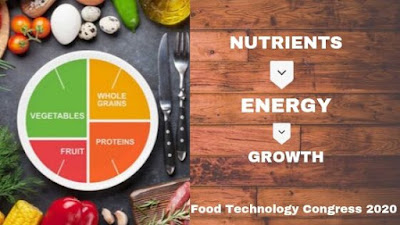10 Important Facts That You Should Know About Food And Nutrition Disorders
Nutrition disorders are now one of the
rapid growing challenges in the world. Many countries are already affected by
the Malnutrition, one of the major Nutritional Disorders caused by lack of food
Nutrients. Now this Malnutrition is one of the great challenges for health care
providers in several countries. The nutritional
disorder is not due to the deficiency of micronutrients and nutrients
alone, but also due to the body’s inability to absorb and assimilate them from
the food.
Malnutrition can be seen in all the age
groups both in Children and adults. The most population is effected
by Obesity one of the Malnutritional disorder which is affecting the world's
population. Obesity is caused by Physical inactivity, Overeating, Genetics, A
diet high in simple carbohydrates, Frequency of eating and Medications.
Dietary fibers, vitamins, and minerals such as calcium, iron, chloride,
magnesium, phosphorus, potassium, and sodium are other essential supplements
that are required to keep the immune balance and good health.
The objective of this is to evaluate the
nutritional status and dietary intakes of children (0-12 years) in selected EMR
countries namely, United Arab Emirates, Jordan, Lebanon, and the Kingdom of Saudi
Arabia. Children in the UAE are obese as they are taking
more calories rather than eating a balanced diet, and this is a sign of
malnutrition. Even both male and female adults are facing nutritional
disorders because of improper food intake and that leads to lo obesity. Changes
in nutrition consumption which are in relation to changing economic, social,
demographic, and health factors are important to control health
issues. It is well known by the survey conducted Arabian gulf countries have
moved toward the higher fat and higher refined carbohydrates western diet.
Major dietary Changes include a large increase in the consumption of fat and
added sugar in the diet, because the UAE population major food intakes are with
a fall in total cereal intake, and vegetable and fruit consumption.




Comments
Post a Comment